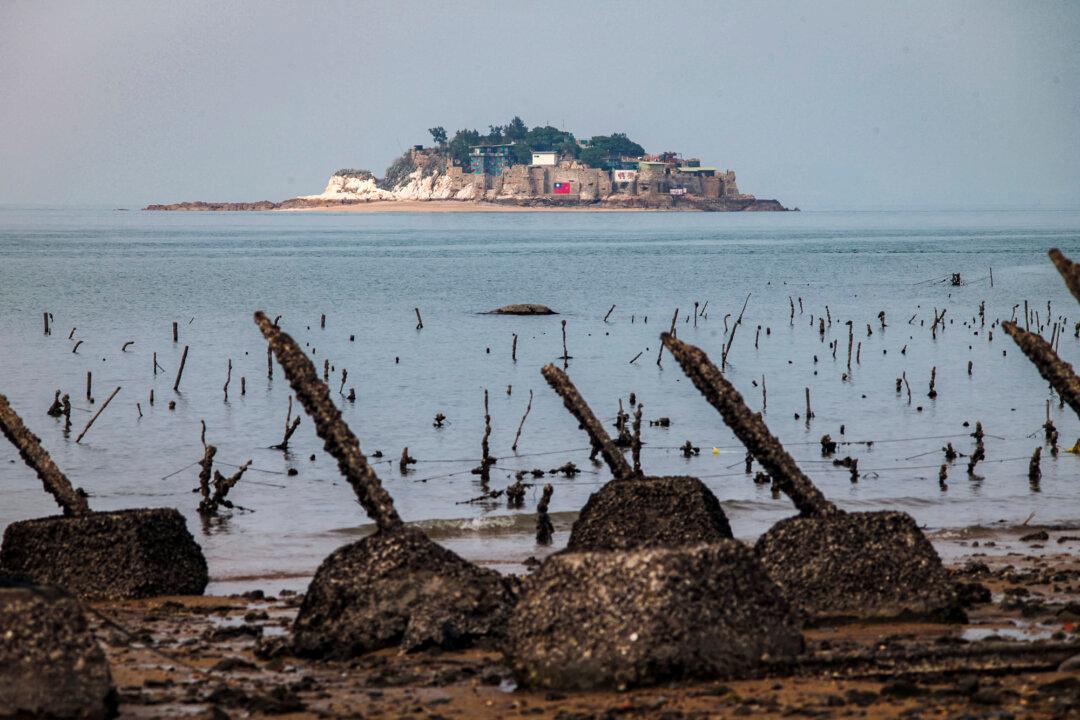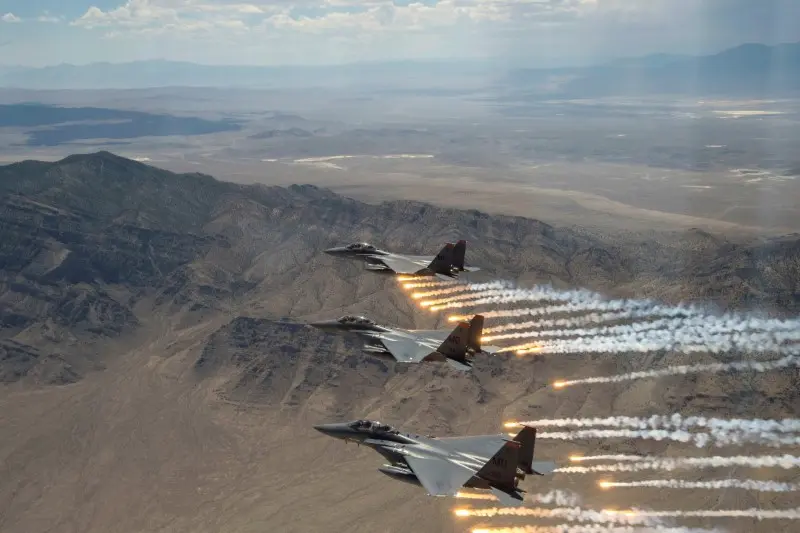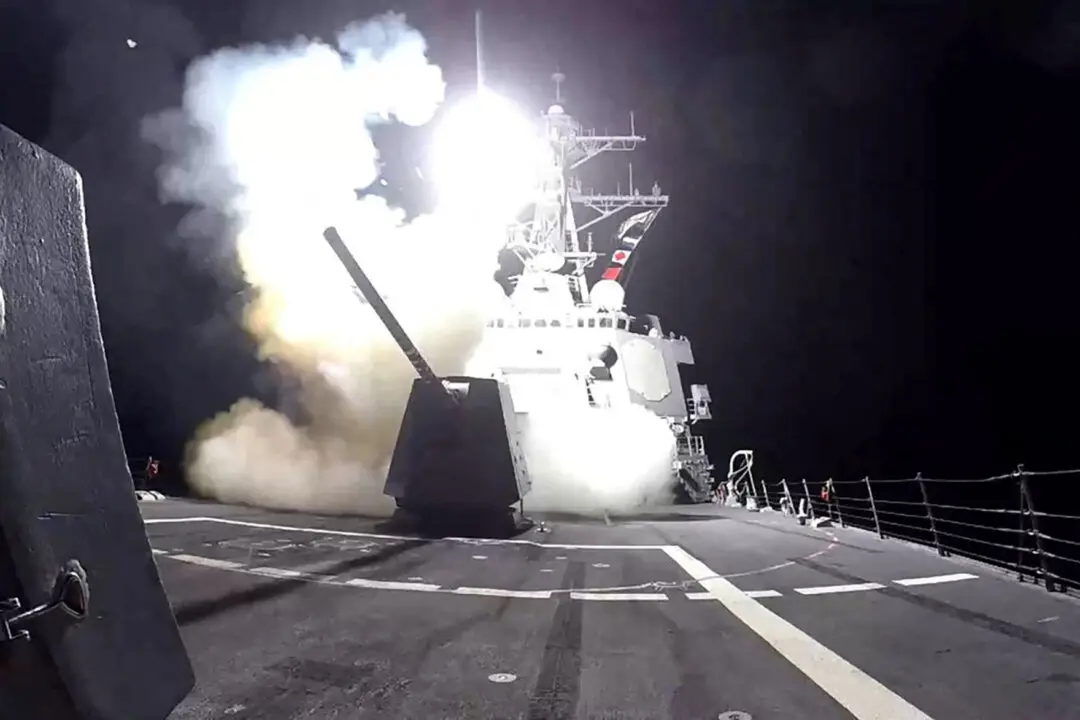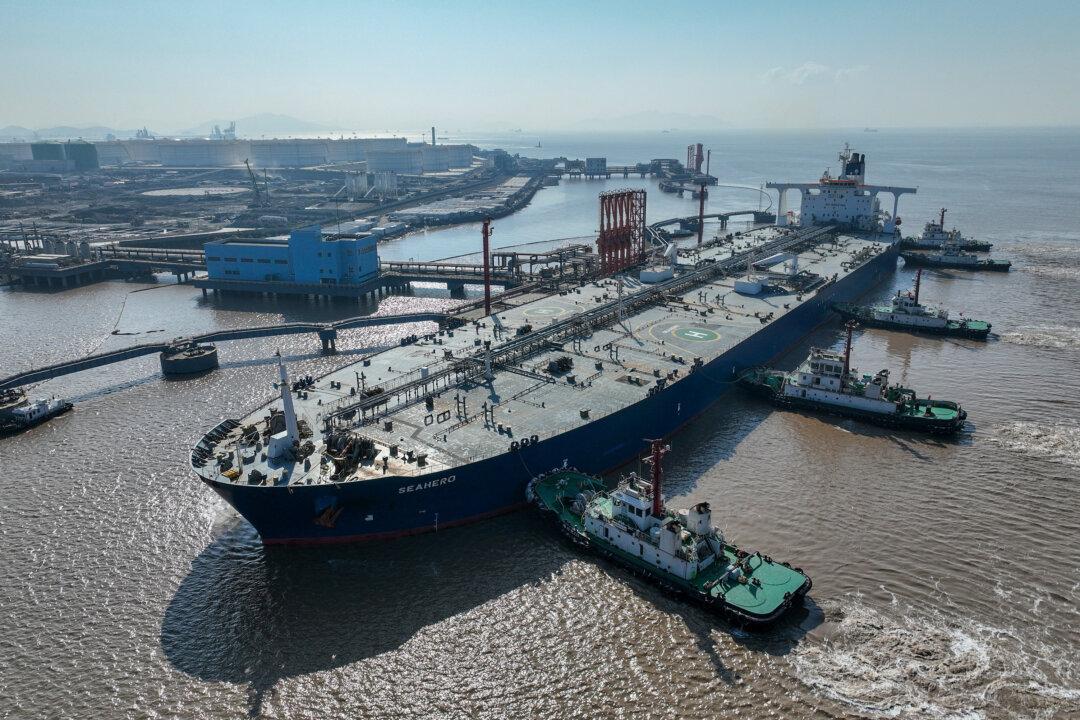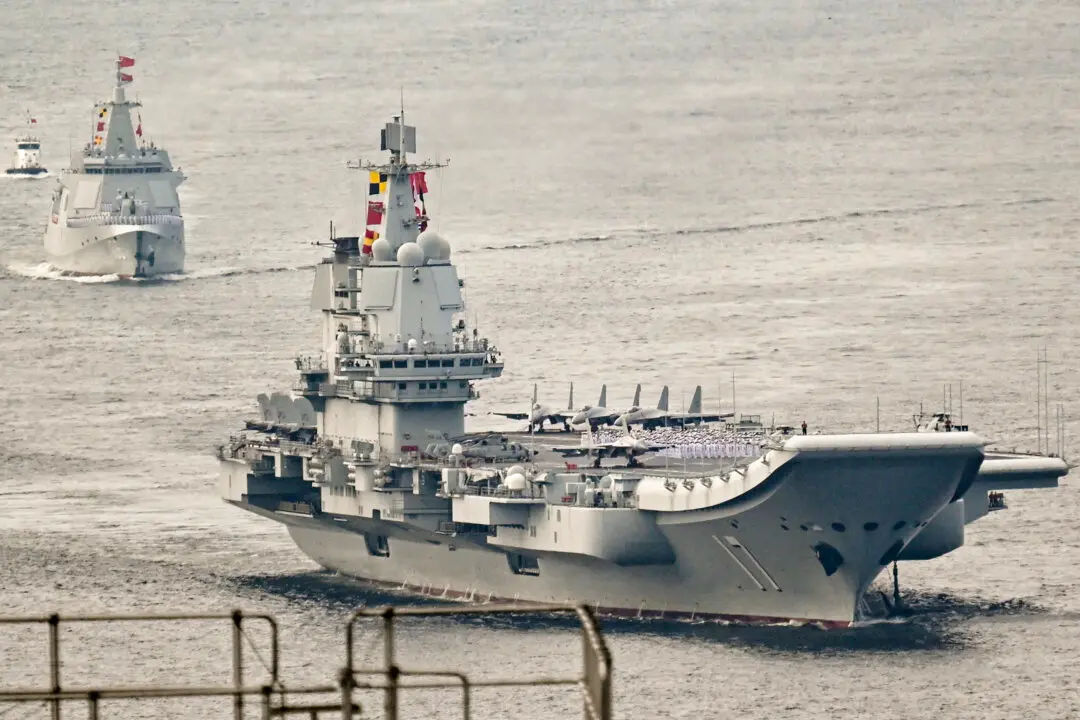Residents of Taiwan’s Kinmen Islands can see the towers of China’s Xiamen even on a cloudy day.
It was in Kinmen, just 4 miles from mainland China, that the Chinese Communist Party (CCP) failed to wipe out its opposition before it fled to Taiwan during the closing phases of a brutal civil war 75 years ago.
